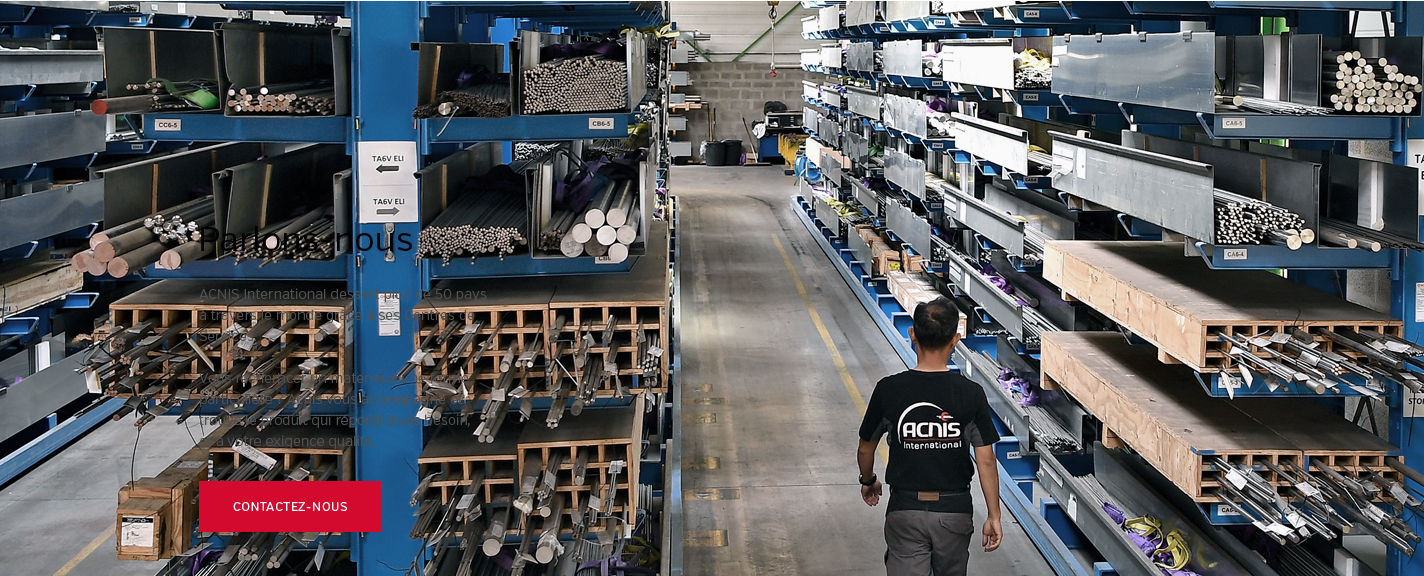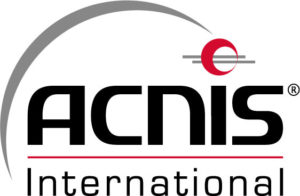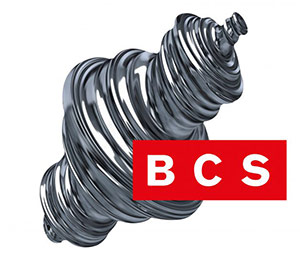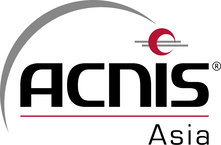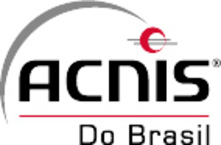Aeronautics
Why choose titanium ?
Commercial aerospace has been booming since the 80’s. Over the years, increase in passengers, comfort, security requirements have led manufacturers to improve fuel efficiency to respond to evolving environmental impositions. This has resulted in the significant weight reduction of aircrafts, most notably through the use of new materials like fiber-reinforced composites.
Due to their remarkable compatibility, the rise of composite materials has led to a wider use of titanium alloys and others technical alloys in airframe structures in modern commercial and military aircrafts, but also in spatial, defense and racing cars.
Lowering materials buy to fly ratio is an ongoing concern in the industry, with technical metals BTF ratio still close to 100/10 today.
-
Excellent resistance to erosion and corrosion
-
High mechanical properties maintained up to 600°C and excellent adhesion to coating materials
-
Elevated electrical and thermal conductivity
-
Strength to weight ratio
Titanium for high-performance industries
Titanium is a material of choice for airliner designers as it has excellent mechanical properties (corrosion resistance and mechanical fatigue). Present in the structural parts and engines of all aircraft, titanium competes with steel and aluminium alloys up to 600°C.
The cost of titanium can be a barrier due to material losses. Aerometals & Alloys is committed to reducing scrap rates and therefore the cost of its titanium through innovative solutions (cutting, extrusion…) and through renowned partnerships.
The standards used for titanium sheets and plates are mainly AMS 4911, ABS 5125A, ABS 5125B, ABS 5125C, ABS 5326C, ASNA 3304, ABS 5142A, LN 9297.
Fighter aircraft are particularly prone to impact. This is why certain parts, such as slats and canard planes, require the use of titanium.
It is also used as armour on fighter aircraft cockpits where its mechanical properties along with its resistance to corrosion and fire are paramount.
One of the most widely used alloys in aircraft engines, apart from Inconel 718, is Grade 5 titanium (Ti6Al4V). Appreciated for its fatigue resistance, toughness at extreme temperatures (up to 380°C.), and high hardness-to-ductility ratio, Grade 5 TA6V has excellent corrosion resistance, making it an indispensable asset in engine design.
TA6V is suitable for all delicate parts and components exposed to high and low temperatures, such as fasteners, discs, hubs, spacers, seals, compressor blades and complex components in jet and turbo engines.
In the form of thin sheets, plates or bars, titanium provides helicopters with a structure that is extremely resistant to marine and desert environments.
On titanium parts such as the rotor, the helicopter will be more resistant to fatigue, especially during long periods of high speed or aerial lifts.


